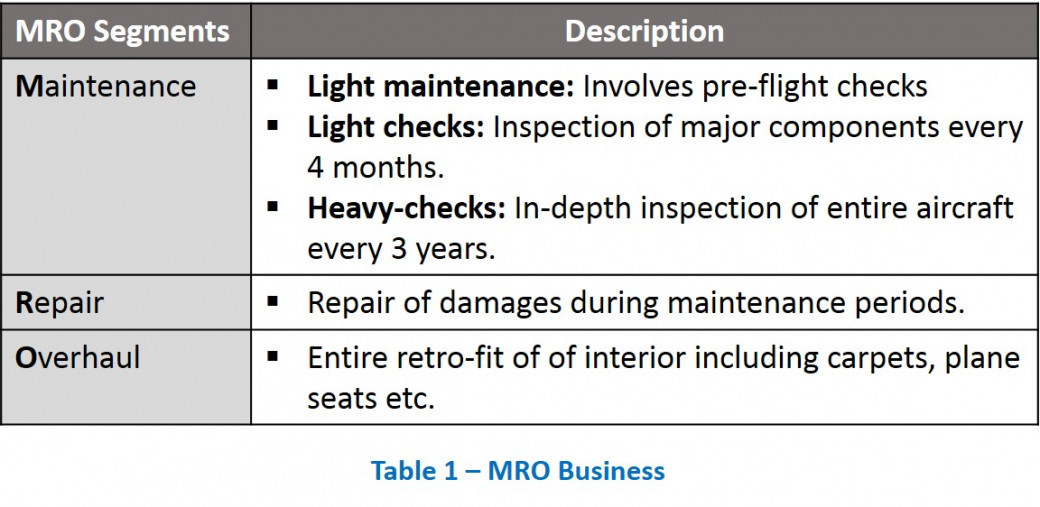Universal Airlines
10.8k
Times solved
Advanced
Difficulty
Our client is Universal Airlines that offers regular passenger flights in economy, business & first class. They have been doing quite well and profits were strong so they build up cash reserves that they are now looking to invest. The company is thinking about investing in the MRO business (Maintenance, Repair & Overhaul) for global business jets.
The client has asked us to help him size up the market.
Case Comments
I. Background – Question 1: How would you go about structuring the analysis?
I. Background – Question 2: How do you think the MRO business works and what kind of services/products do you think are offered?
I. Background – Question 3: Why does the airline choose to have the cleansing & overhaul services performed during light & heavy checks?
II. Analysis – Question 4: Now that you understand the business, what would be the next step?
II. Analysis – Question 5: Can you think of a reason why it's also possible to focus on the wide-bodies instead of the business jets and why that's not very beneficial in the case of our client?
II. Analysis – Question 6: Makes sense, let's move on to sizing the market. How would you approach this?
II. Analysis – Question 7: What would our estimated market size look like?
III. Solution
10.8k
Times solved
Advanced
Difficulty
Do you have questions on this case? Ask our community!











